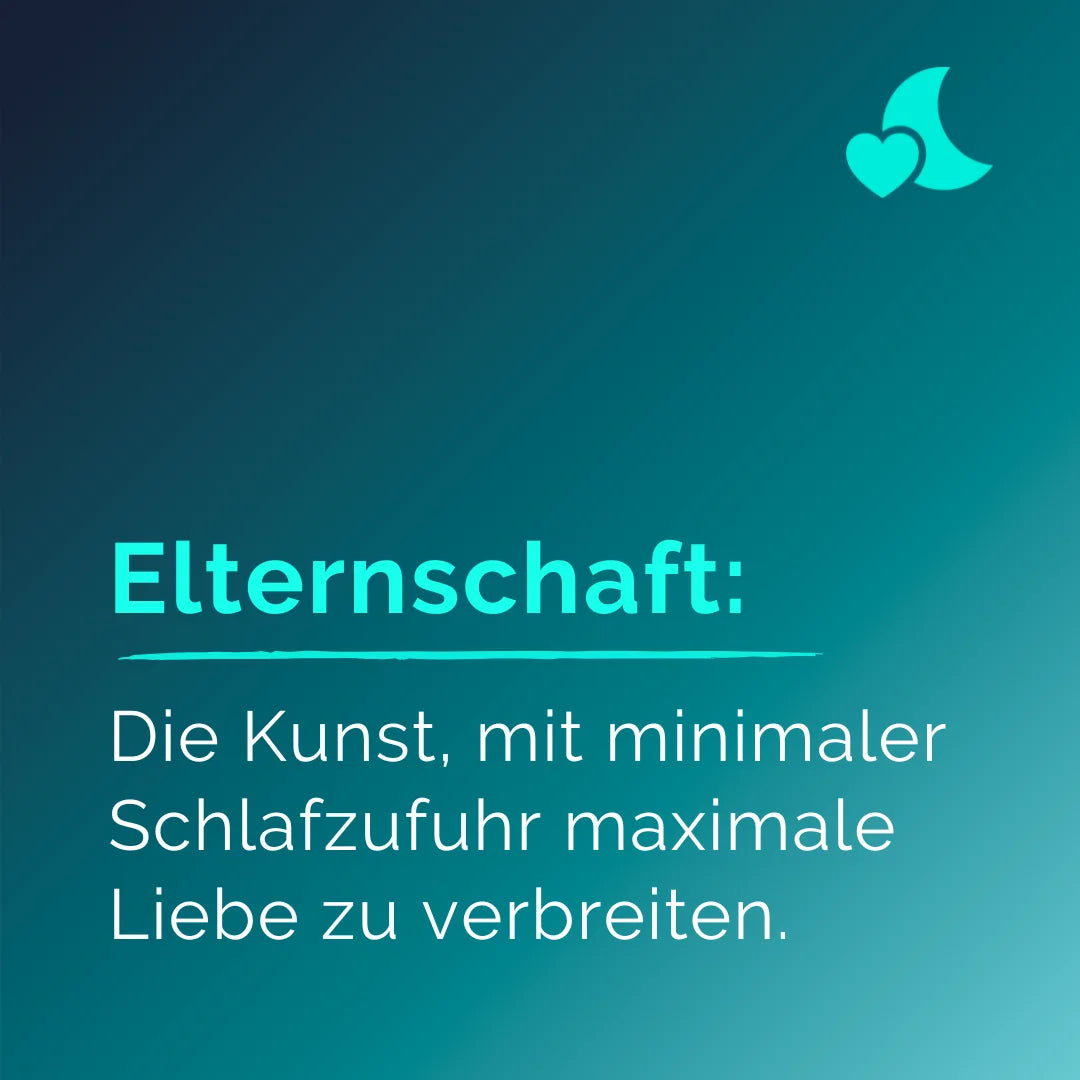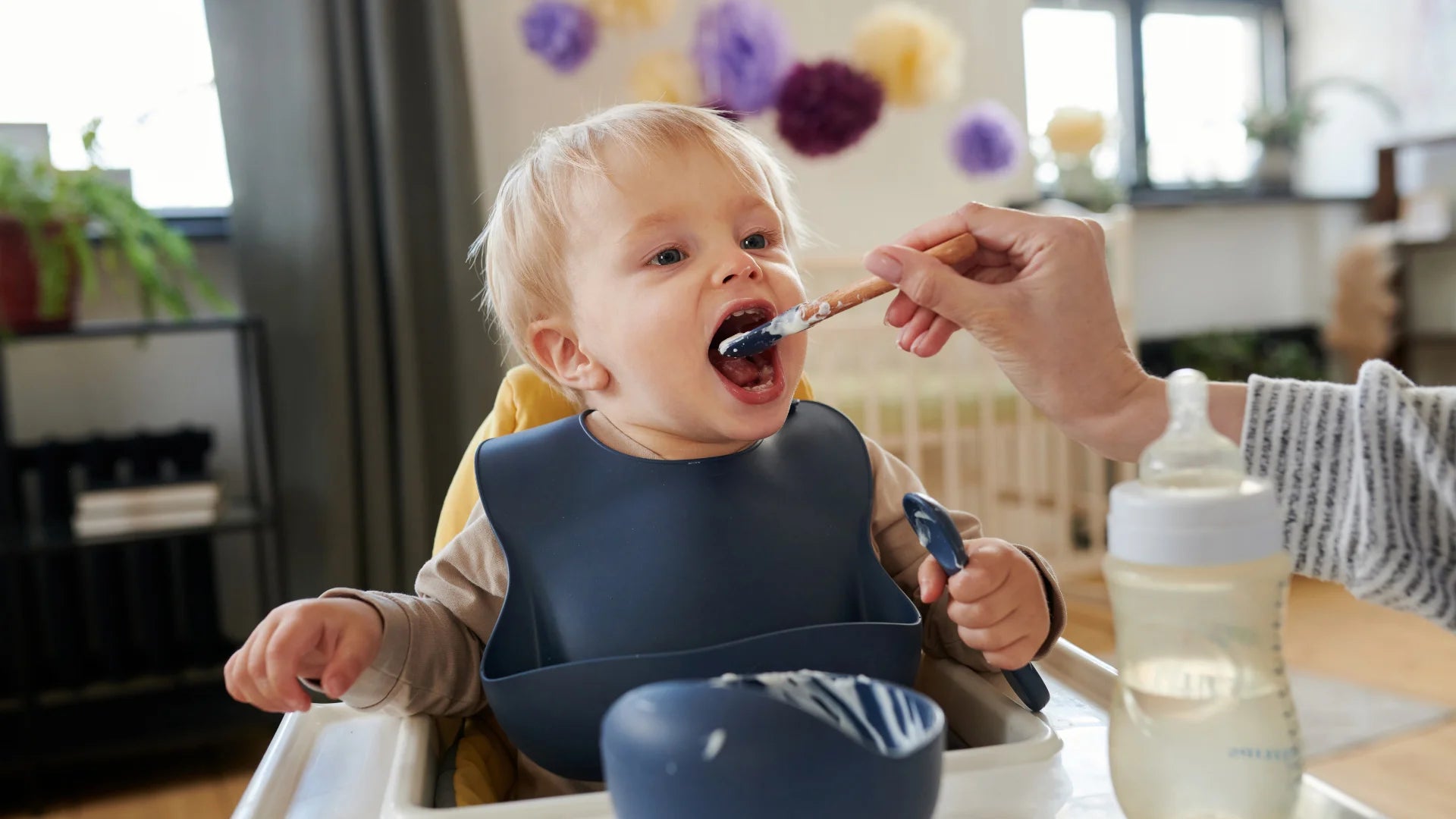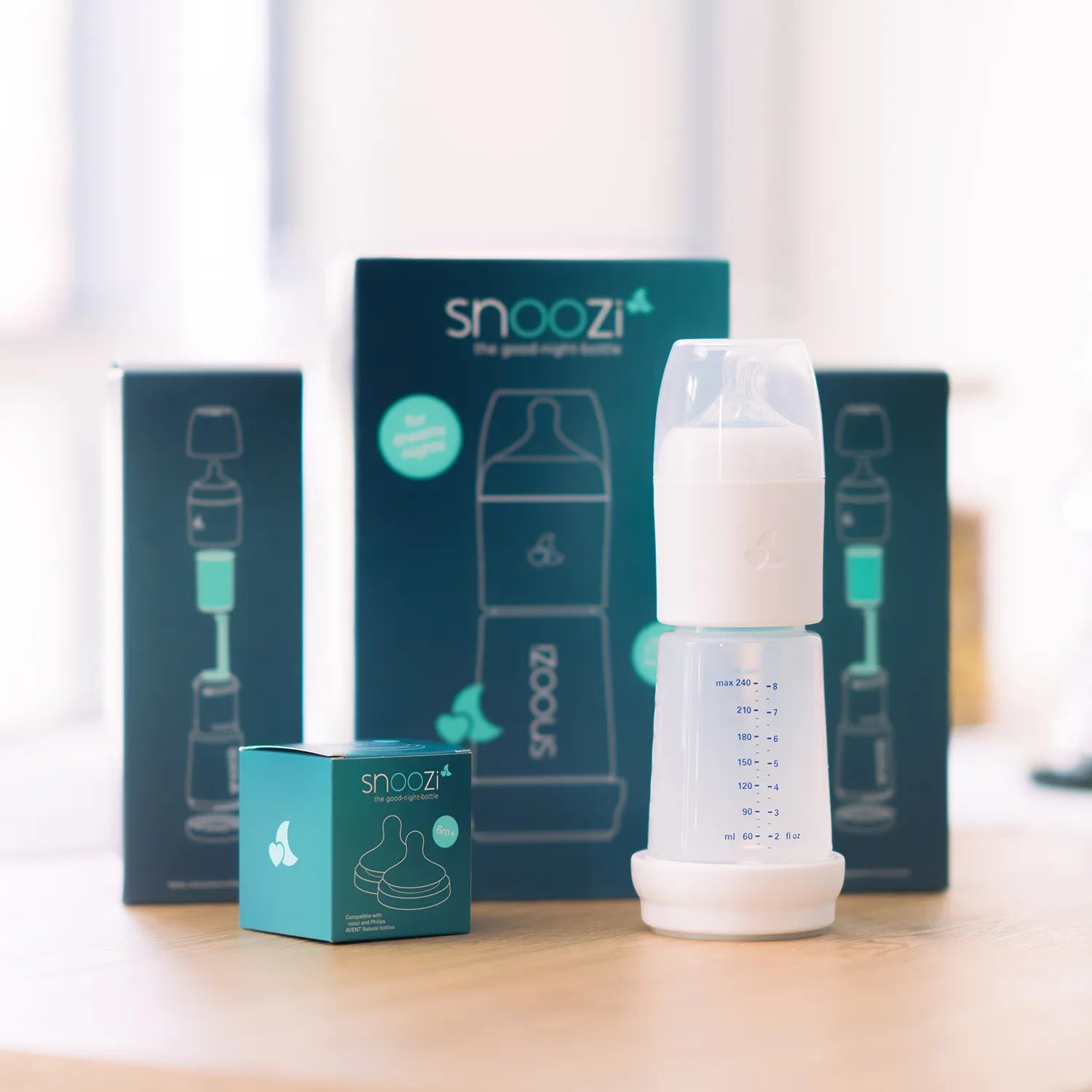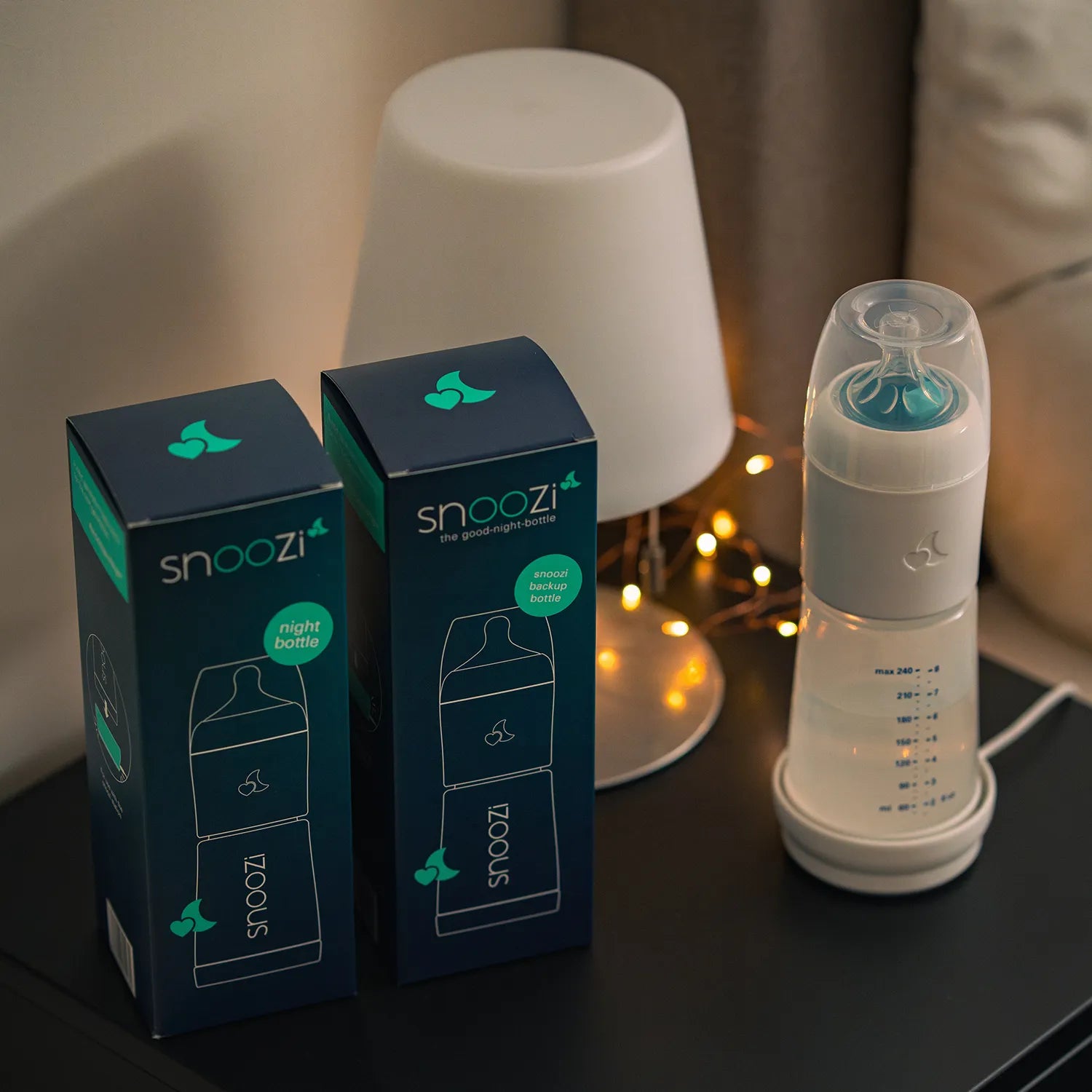Ready for complementary food? A relaxed guide for parents
It is time for an exciting new chapter: the introduction of complementary foods. Regardless of whether you are breastfeeding your baby or give a bottle, at some point the moment when the little ones are ready to explore the world of solid food. But don't worry, we are here to help you make this transition as stress -free as possible.
When is my baby ready?
Most experts recommend starting with the introduction of complementary food when your baby is about 5 or 6 months old. But every baby is different, so trust what your instinct tells you and pay attention to the signs your little one gives you. If it starts to grab your food, show your food and keep your head stable, it is good signs that it is ready for something new.
However, it is important to note that complementary foods should be introduced at the latest at the age of 7 months. Why? Because the iron reserves of a baby slowly remove at this point and firmer foods are an important source for iron and many other nutrients. Iron is crucial for the development of the brain and the formation of red blood cells.
How do I start?
The start with complementary food should be slow and careful. Start with small portions and simple food. Brei has the advantage that it is easy to digest and does not require large amounts of chewing. It is a gentle introduction to the world of solid food.
You can either prepare homemade porridge or use finished products. Start with mild varieties such as fruit, grain or vegetable porridge without added sugar. Make sure that the consistency is initially rather thin and slowly increases, depending on how well your baby gets along.
Baby Led Weaning approach
However, some parents also prefer the so-called baby Led Weaning approach, in which babies can get finger food into their hands and eat independently from the age of around 6 months. Here, soft cooked vegetables, fruit or bread are often cut into finger -friendly pieces that babies can easily grab. This promotes your fine motor skills and enables you to explore and control the food yourself.
How much complementary food does my baby need?
In the first months of the introduction of complementary food, your baby's main food source will still be breast milk or infant food. Complementary food should only be a supplement. Start once a day with a few spoons and slowly increase the crowd when your baby is ready. Make sure that you always pay attention to your baby's signals. It will show you if it is full or want more. Don't forget that it is more about exploring textures and tastes than about the actual food intake.
How long should I get my baby breast milk or baby milk?
The answer to this is simple: as long as it wants! There is no defined age limit for when you should stop breastfeeding or feeding baby milk. In fact, there are many positive aspects of long breastfeeding or continued use of baby milk. Breast milk continues to offer important nutrients, antibodies and immune materials that support your baby's health and well -being. It can also be a wonderful way to maintain a close bond with your child, and many mothers enjoy this special time in proximity and cuddling.
The evening bottle can also be a calming ritual for many babies and toddlers that helps them to relax and fall asleep better. There is no reason to change this as long as it works for you and your baby and give you both joy.


Baby vials at night
If your baby gets the bottle at night, you can think about a baby night bottle. By the quick preparation of only 5 seconds, this ensures a relaxed atmosphere because your baby does not have to wait long and therefore cry less at night.

Everything all around the topic "Feeding at night".
Snoozi guide
Welcome to our Snoozi guide, where we go on a trip to the world of baby sleeping together. Here we exchange experiences, tips and advice to support parents in the search for relaxing sleep for their little ones.





